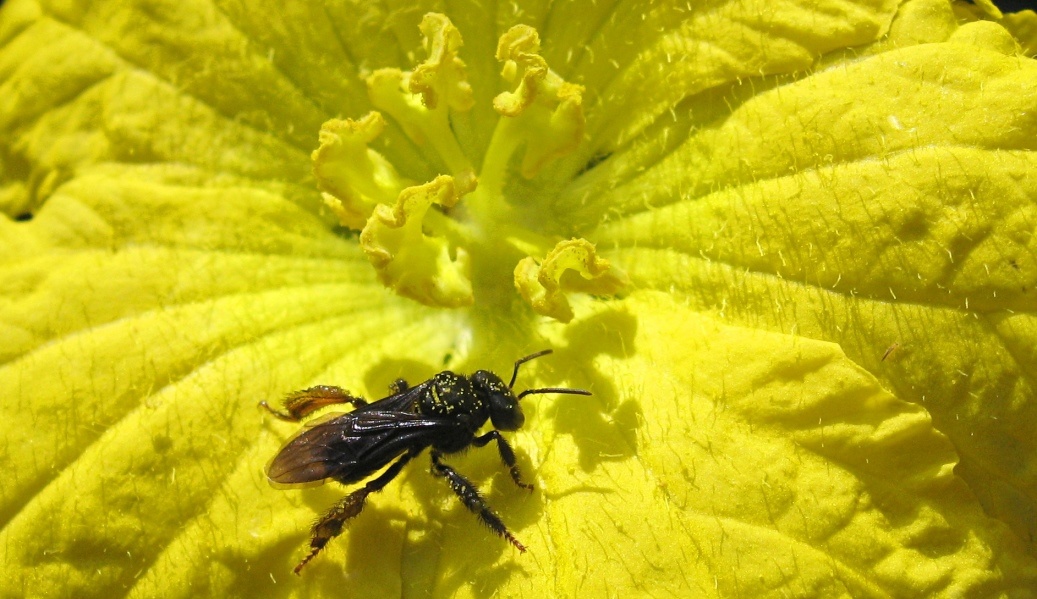New research by Brazilian scientists published in Ecological Applications shows that bee populations rise when ecosystems are restored, and that ecosystems are restored more successfully in the presence of bees.
ABSTRACT:
Wild pollinators are necessary for ensuring plant reproduction, not only among crop fields but also remnant and restored ecosystems. Restoration activities should, therefore, lead to wild pollinator recovery, and thus be monitored to evaluate effects on pollinator diversity and functionality.
We assessed bee pollinator functional responses in restoration plantings by creating functional groups (traits: body size, nesting location, sociality, and foraging strategy), comparing their abundance and diversity to that of other habitats (i.e., conserved and degraded primary forest fragments, anthropogenic wetlands, and sugarcane fields), and testing for an effect of source habitat (i.e., primary forest fragments) isolation.
We analyzed functional effects on pollen transportation by identifying the pollen grains attached on the bodies of bees; creating plant functional groups with the identified species (traits: habit, successional class, geographic origin, and pollination mode); comparing their frequency, diversity, and interaction network structure among habitats; and searching for key interactions in network modules.
In general, the abundance and diversity of bee communities and the frequency and diversity of the interacting plant species in restoration plantings were lower than those in primary forest fragments but higher than those in anthropogenic wetlands and sugarcane fields, suggesting that restoration plantings better enhance bee community recovery and functionality than other disturbed habitats. The interacting bees and plants were also negatively affected by habitat isolation, demonstrating the importance of primary forest fragments to supply bee populations to restored sites.
The structure of interaction networks was little affected by habitat change and isolation, but the composition and diversity of functional groups varied significantly. There were more effects on larger bee species with more restricted nesting and floral requirements, and the woody species with which they interact most frequently.
We identified key functional groups of bee pollinators that deserve priority for conservation because they play an important role in the pollen transportation of some the most relevant species in remnant forests and restoration plantings and also respond more negatively to habitat disturbances. Restoration efforts should include provisioning of nesting resources and management and conservation of primary forest remnant fragments that represent source habitats for them.
Featured photo (by Leonardo Ré-Jorge via Wikipedia) shows unidentified Meliponini bee (probably Trigona spinipes) visiting a flower of the vegetable sponge gourd (Luffa cylindrica) in Campinas, Brazil.

